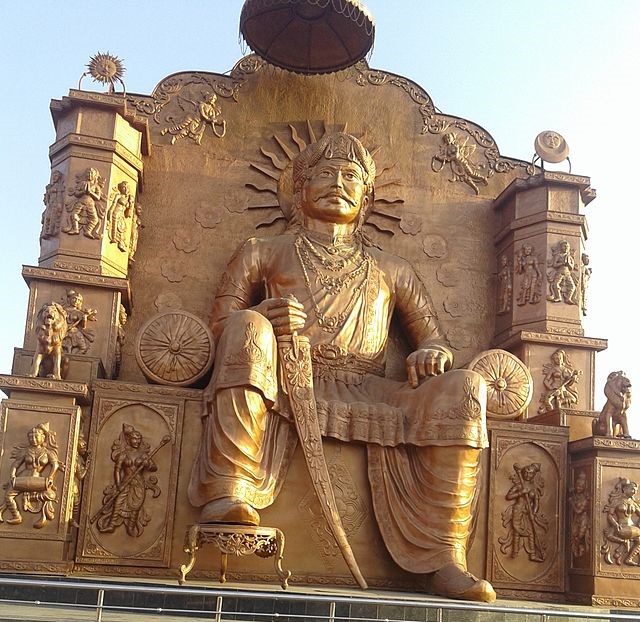🕉️Raja Vikramaditya Batisi Singhashan: The Legendary Throne of Ujjain
The city of Ujjain, located in Madhya Pradesh, India, is a historical and cultural treasure trove, filled with rich mythology and royal history. One of the most captivating stories tied to Ujjain is that of Raja Vikramaditya, the legendary king of Ujjain, and his mystical throne known as the Batisi Singhashan. A symbol of power, wisdom, and justice, the Batisi Singhashan has fascinated historians, scholars, and devotees alike. This article delves into the story of this iconic throne and its deep connection with King Vikramaditya.

